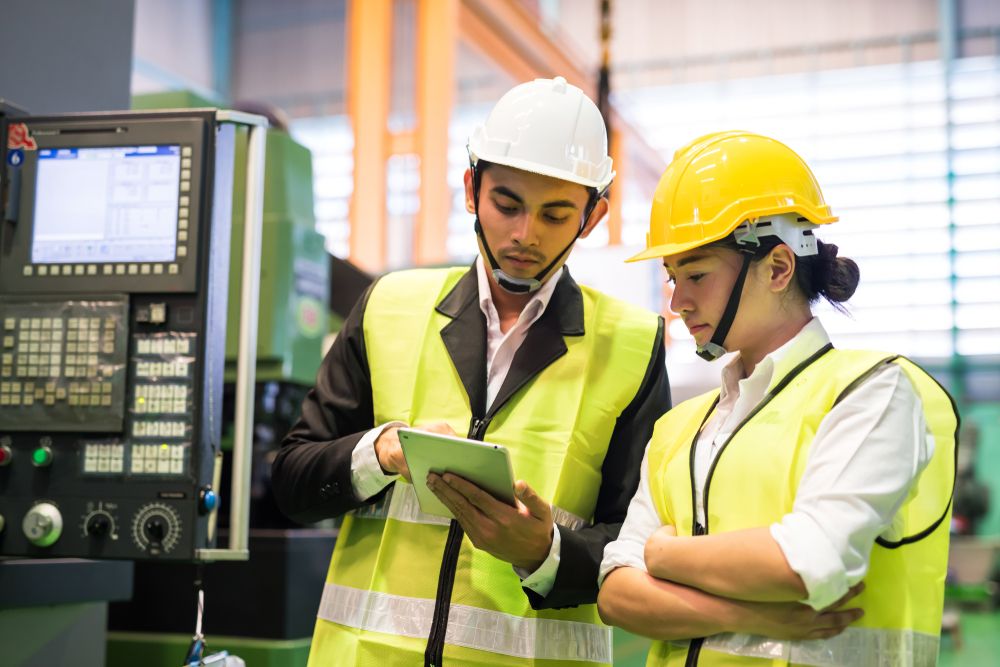Gas detection systems are vital for safety in many industries. This includes oil and gas, mining, chemical plants, and manufacturing. These systems find toxic or flammable gases in the air and alert us early to avoid accidents.
Thanks to technology improvements, gas detection systems have come a long way. Let’s explore the top 7 gas detection system technologies that are changing the safety game in 2024. Let’s dive in!
1. IoT-Enabled Gas Detectors
Using Internet-of-Things (IoT) technology in gas detection systems has changed safety management significantly. IoT gas detectors have sensors that track and collect data on different factors.
This includes gas concentration, temperature, humidity, and pressure. This data is sent to a central system. Thus, allowing for real-time monitoring and quick responses if anything goes wrong.
2. Advanced Sensor Technologies
Traditional tools used in detecting gas use electrochemical sensors to find toxic gases. But, new sensor technology has created better options.
This can include infrared (IR) and photoionization detectors (PID). These advanced sensors can detect more types of gases. It can also give more accurate readings.
3. Wireless Gas Detection Systems
This technology provides a cheap way to track large industrial sites from a distance. They use wireless tech to send data from detectors to a main control system.
This can include Wi-Fi, Bluetooth, or radio waves. This means it needs no messy wiring. Thus, making it simpler to place detectors in hard-to-reach spots.
4. Machine Learning and AI Integration
The incorporation of machine learning (ML) and artificial intelligence (AI) in a gas detection system has greatly improved their functionality. These technologies enable the system to learn from past data.
With this, they can make predictions about potential hazards. This helps in the early detection of abnormal gas levels and provides insights for better decision-making.
5. Wireless and Smart Networked Systems
In addition to wireless detectors, smart networked systems enable the integration of multiple gas detection devices into a single network. This allows for more comprehensive monitoring and data analysis.
Thus, leading to better safety management and risk assessment. It also allows for remote monitoring and control of gas levels from a centralized system.
6. Portable Multi-Gas Detectors
Portable gas detectors have been a game-changer in industries that require employees to work in confined spaces. These compact and lightweight devices can be easily carried around. This provides continuous monitoring of gas levels for increased worker safety.
7. Enhanced Calibration and Maintenance Tools
New calibration tools and predictive maintenance help keep gas detection equipment accurate and working well. This reduces downtime and maintenance costs.
These tools use smart algorithms to find potential problems or faults. Thus, making it easier to schedule timely maintenance and calibration.
Discover New Technologies in Gas Detection System
New technologies in gas detection system is changing how we manage safety in industries. By using these new tools, we can create safer workplaces and avoid hazards in the future. Companies need to keep up with these changes and invest in modern gas detection systems to protect their employees and assets. Let’s embrace these advances and prioritize safety in every industry.
Is this article helpful? Keep reading our blog for more.




